Wildlife Tourism
Exploring the Natural Side of Maharashtra: A Wildlife Journey
Beyond its busy cities and historical landmarks, Maharashtra is home to a rich natural landscape filled with forests, wetlands, and hills. Wildlife tourism in the state provides a chance to explore these diverse ecosystems, observe a wide variety of animals and birds, and appreciate nature in its purest form. From Tigers and Indian Giant Squirrels to many species of birds and other forest dwellers, Maharashtra’s national parks and wildlife sanctuaries offer memorable experiences for nature lovers.
What Makes Maharashtra Special for Wildlife Enthusiasts
Rich Biodiversity: Parts of Maharashtra fall within the Western Ghats, a UNESCO World Heritage Site known for its unique and diverse wildlife. Many species found here are native to this region.
Tiger Reserves: The state has several important tiger reserves that support conservation efforts. Spotting a tiger in the wild is one of the highlights for many visitors.
Birdwatching Opportunities: From forested areas to wetlands, the variety of habitats makes Maharashtra an excellent location for birdwatching, with both resident and migratory birds.
More Than Big Cats: Along with tigers and leopards, you might encounter sloth bears, gaurs (Indian bison), wild dogs, different types of deer, pangolins, and a range of smaller creatures.
Responsible Tourism: Along with tigers and leopards, you might encounter sloth bears, gaurs (Indian bison), wild dogs, different types of deer, pangolins, and a range of smaller creatures.
Maharashtra's Wild Jewels: A Detailed Exploration
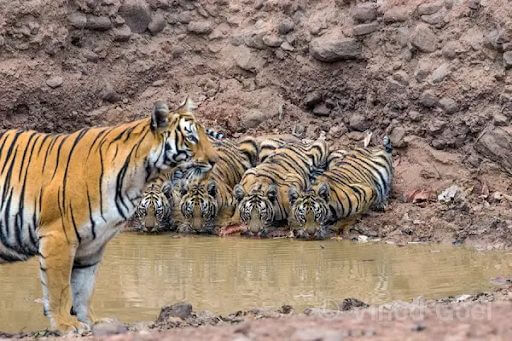
One of the oldest national parks in Maharashtra, Tadoba is synonymous with tiger sightings. Its dry deciduous forest, vast grasslands, and the picturesque Tadoba Lake create an ideal habitat for apex predators. Declared a Project Tiger Reserve in 1993, it's a stronghold for the magnificent Tigers.
Safari Experience: Jeep Safaris, Canter Safaris
Best Time to Visit: October to May. The dry season (March to May) offers the highest chances of tiger sightings as animals frequent waterholes.
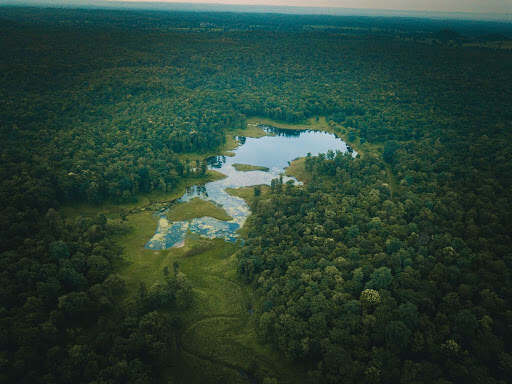
Straddling the border of Maharashtra and Madhya Pradesh, Pench is the inspiration behind Rudyard Kipling's "The Jungle Book." Its undulating terrain, dense teak forests, and the meandering Pench River create a picturesque and ecologically rich landscape.
Safari Experience: Similar to Tadoba, it offers morning and evening jeep safaris.
Best Time to Visit: October to June, with peak sightings during the drier months.

Declared a tiger reserve in 2014, Bor is a smaller yet significant protected area near Nagpur, known for its diverse landscapes of dry deciduous forests, grasslands, and the central Bor Reservoir. It's part of a crucial wildlife corridor.
Activities : Jeep safaris.
Best Time to Visit : October to May, with peak wildlife sightings in the drier months.
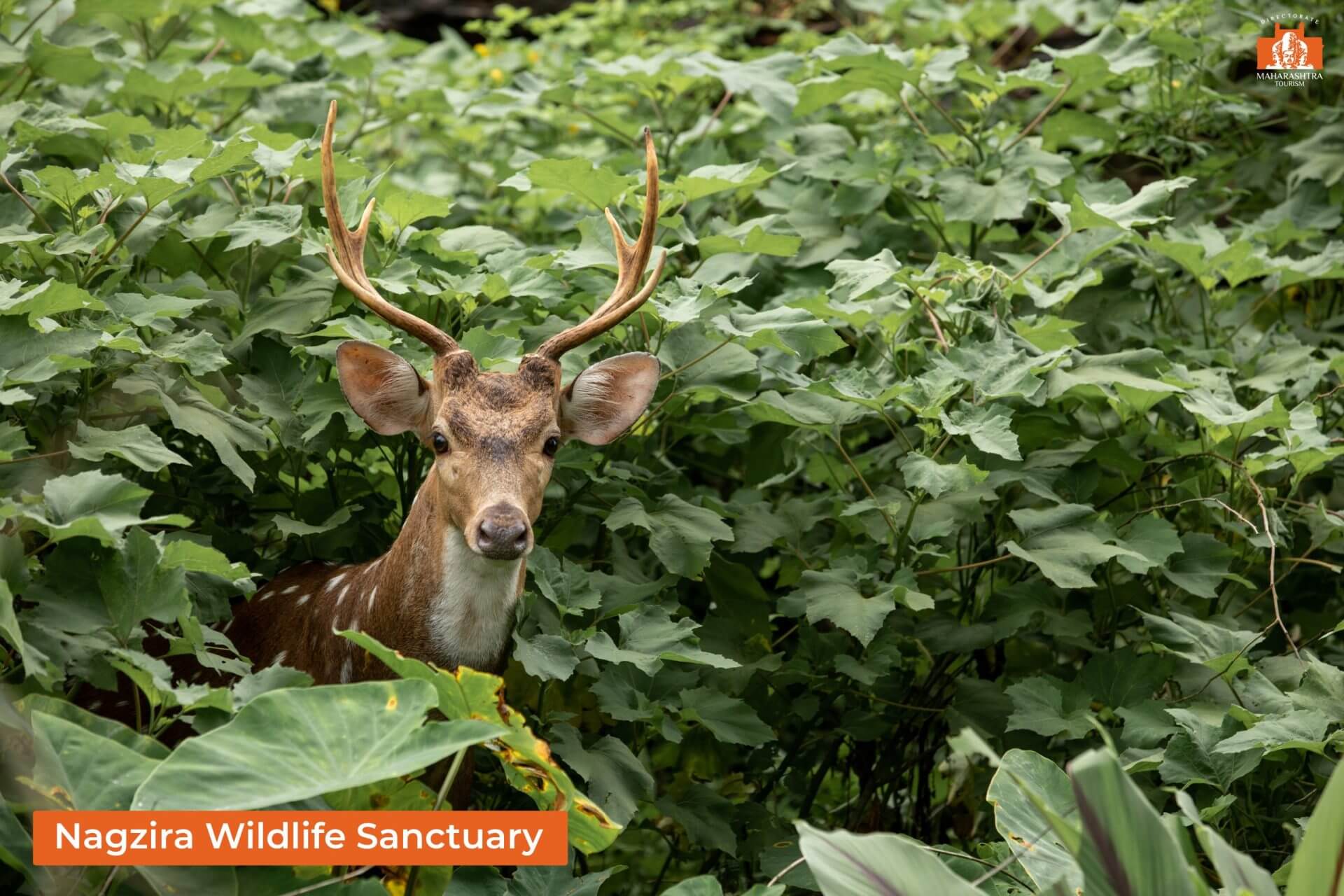
Formed by the amalgamation of Nagzira Wildlife Sanctuary and Navegaon National Park, this reserve offers a diverse landscape of hills, forests, and wetlands. It's known for its serene environment and growing tiger population.
Safari Experience : Jeep safaris are available, providing an opportunity to explore various habitats.
Best Time to Visit : October to June.
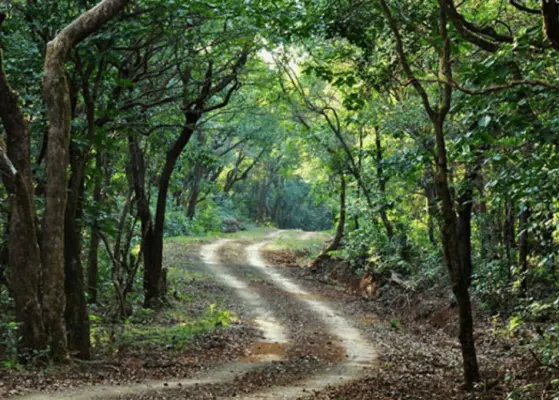
This "Green Oasis of Eastern Maharashtra" is located in the Yavatmal district and is known for its remarkable increase in tiger population. Four rivers flow through its diverse landscape of teak and bamboo groves.
Activities: Guided jeep safaris are the main attraction, offering excellent chances to spot tigers and other wildlife. There are three entry points: Sunna, Mathai, and Koduri.
Best Time to Visit : October to February offers pleasant weather and increased sightings. April to June is warmer but provides excellent visibility for spotting animals. The sanctuary is usually closed during monsoon (July to September) and typically on Mondays.

Situated in Maharashtra's Gadchiroli district, Bhamragarh Wildlife Sanctuary is a wild expanse of lush greenery and rivers like the Pamalgautam and Parlkota. It's an ecological hotspot, offering a glimpse of the traditional life of the indigenous Gond and Madia tribes.
Activities: Enjoy wildlife viewing, nature walks through the moist deciduous forests, and photography. It's also an opportunity to experience the culture of the Gond and Madia tribal communities.
Best Time to Visit : February to May offers pleasant weather and increased animal sightings around water sources.

Uniquely situated within the bustling metropolis of Mumbai, SGNP is one of the largest national parks in the world, located within city limits.
Safari Experience: Lion and Tiger Safari, Nature Trails, Kanheri Caves, Boating
Best Time to Visit : Throughout the year. Monsoon offers lush greenery, while winter is ideal for birdwatching
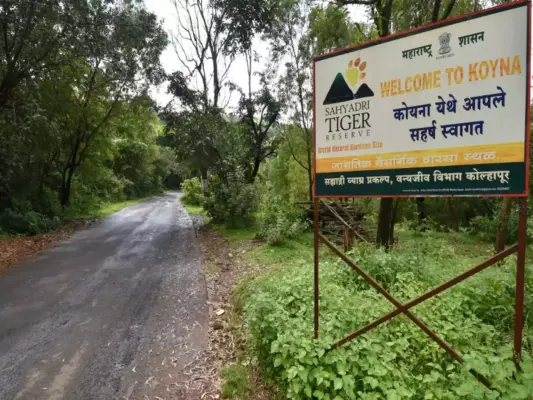
Located in the Gadchiroli district, Chaprala Wildlife Sanctuary is a tranquil haven with diverse biodiversity. Bordered by hills and the Pranhita River, it boasts a rich riparian ecosystem that supports varied aquatic and avian life.
Activities: Experience wildlife viewing via jeep safaris. Birdwatching is popular due to the rich avian diversity. You can also learn about the local Gond tribal community.
Best Time to Visit: February to May provides pleasant weather and better chances for wildlife sightings as animals gather around water sources.
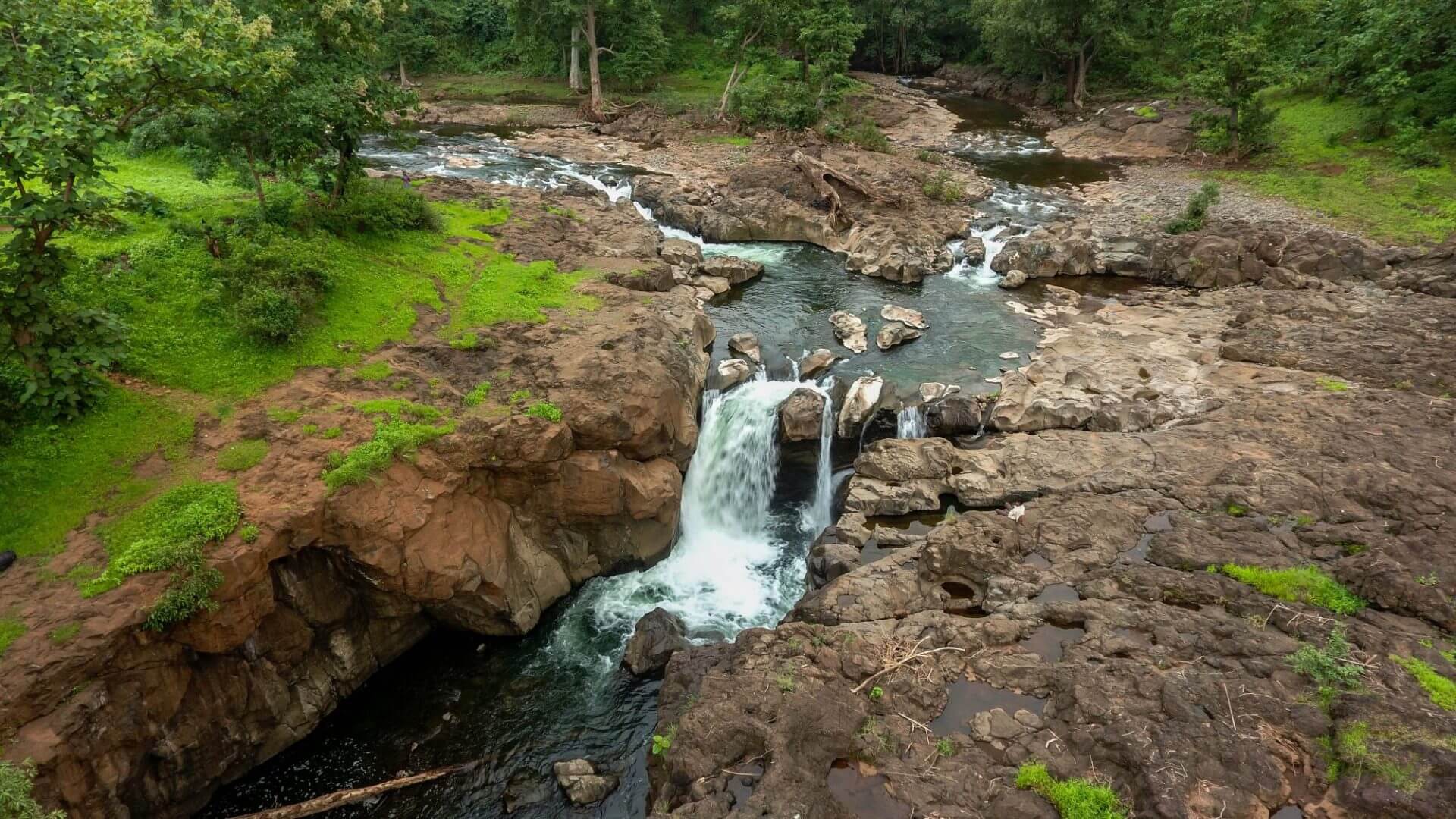
Located in the Amravati district, Melghat Tiger Reserve is a key conservation site and one of India's original Project Tiger reserves. Situated in the Satpura Hill Range, it's a stunning mix of hills, ravines, and dense tropical dry deciduous forests.
Activities: Thrilling jeep safaris are available for wildlife spotting. Trekking is possible, and you can explore the historic Gavilgarh and Narnala forts within or near the reserve.
Best Time to Visit: March to June(Dry Season), November to February(Winter), Mid-July to September(Monsoon)
Planning Your Ethical Wildlife Adventure
Safari Bookings
Advance Booking is Crucial: Safari permits, especially for core zones of popular tiger reserves like Tadoba, sell out months in advance. Book online through official forest department websites or reputable tour operators.
Types of Safaris: Primarily jeep safaris (6-seater) and sometimes canter safaris (larger bus).
Gates and Zones: Be aware of the various entry gates and zones for each park; plan your accommodation accordingly.
Accommodation
Wildlife resorts and lodges ranging from luxury to eco-friendly camps are available near most sanctuaries, often offering safari booking assistance and naturalist services.
Examples: Welcome Heritage Tadoba Vanya Villas Resort & Spa (Tadoba), The Jungle Resort Amba (near Amba Ghat), Forest Escapes Koyna Resort (Koyna), among many local options

